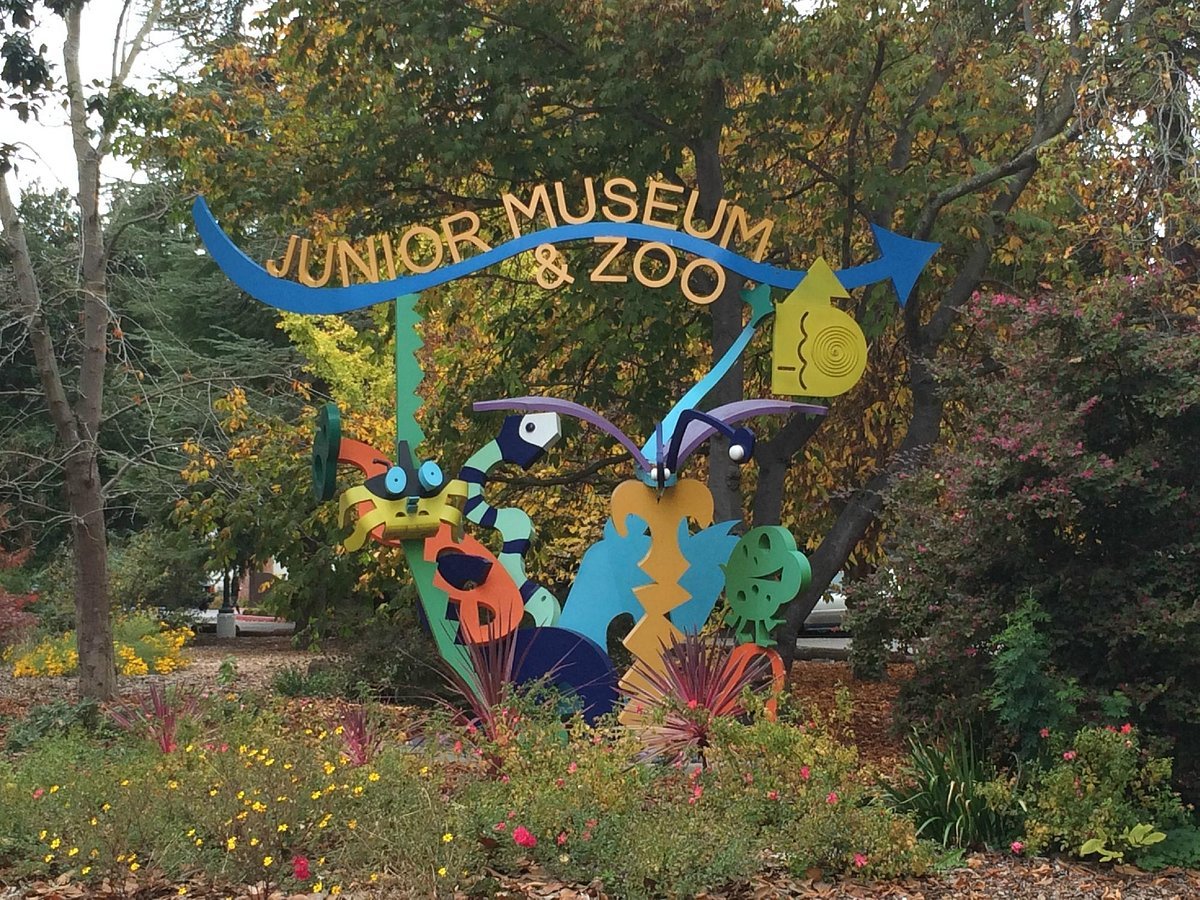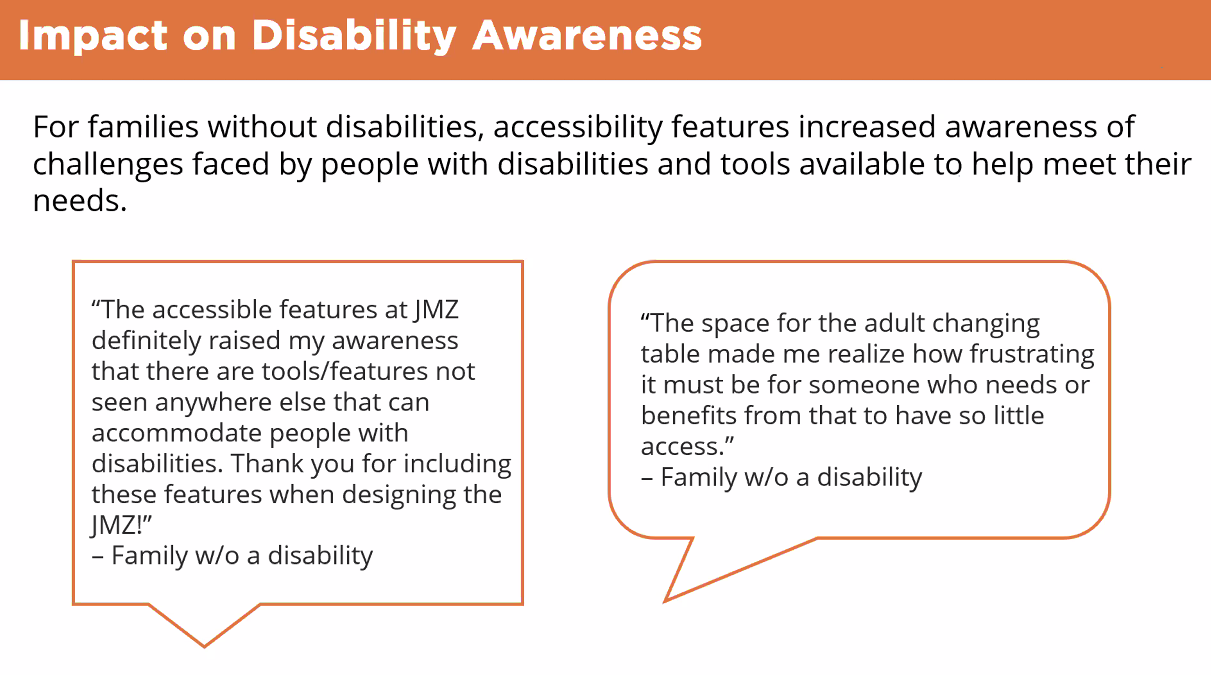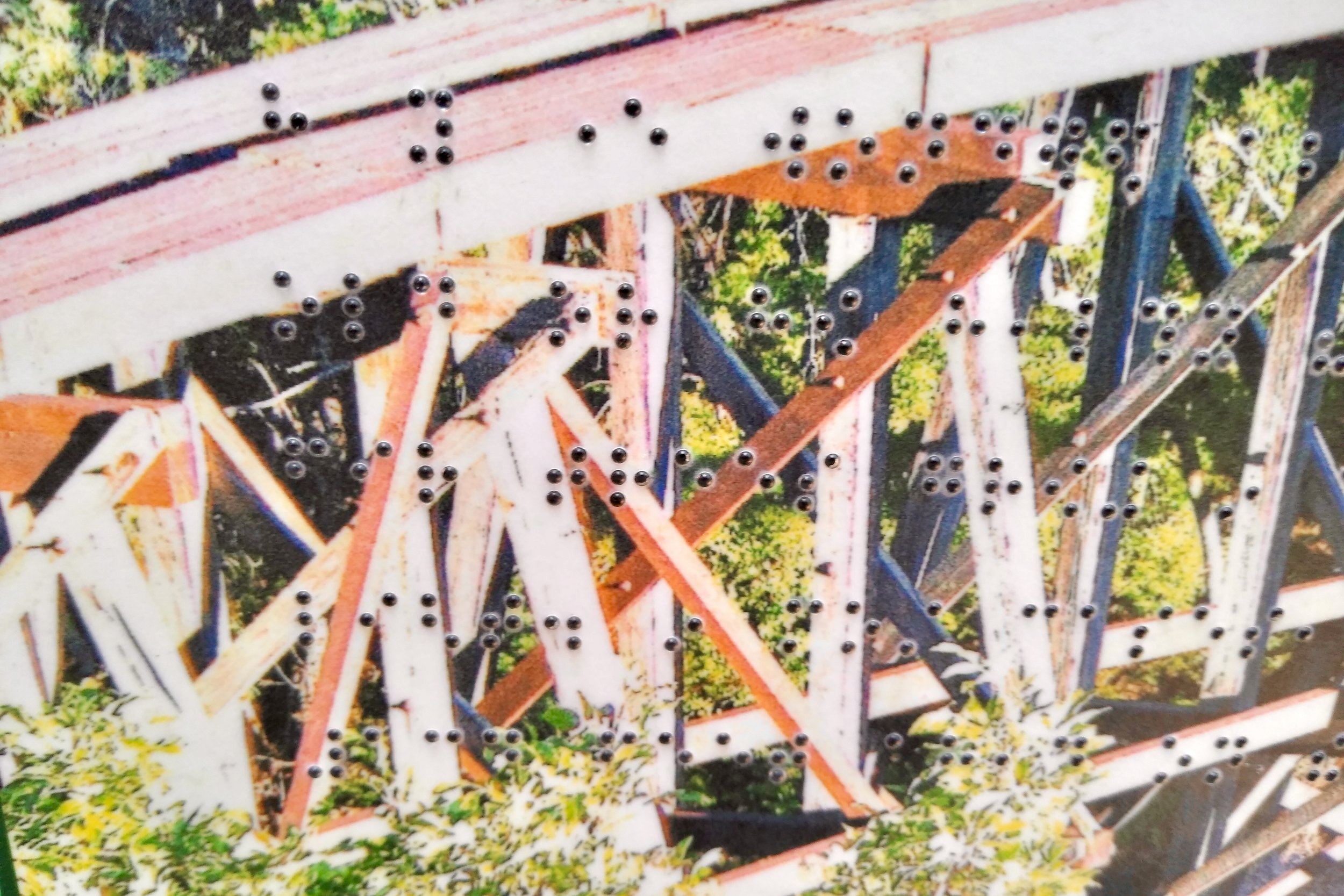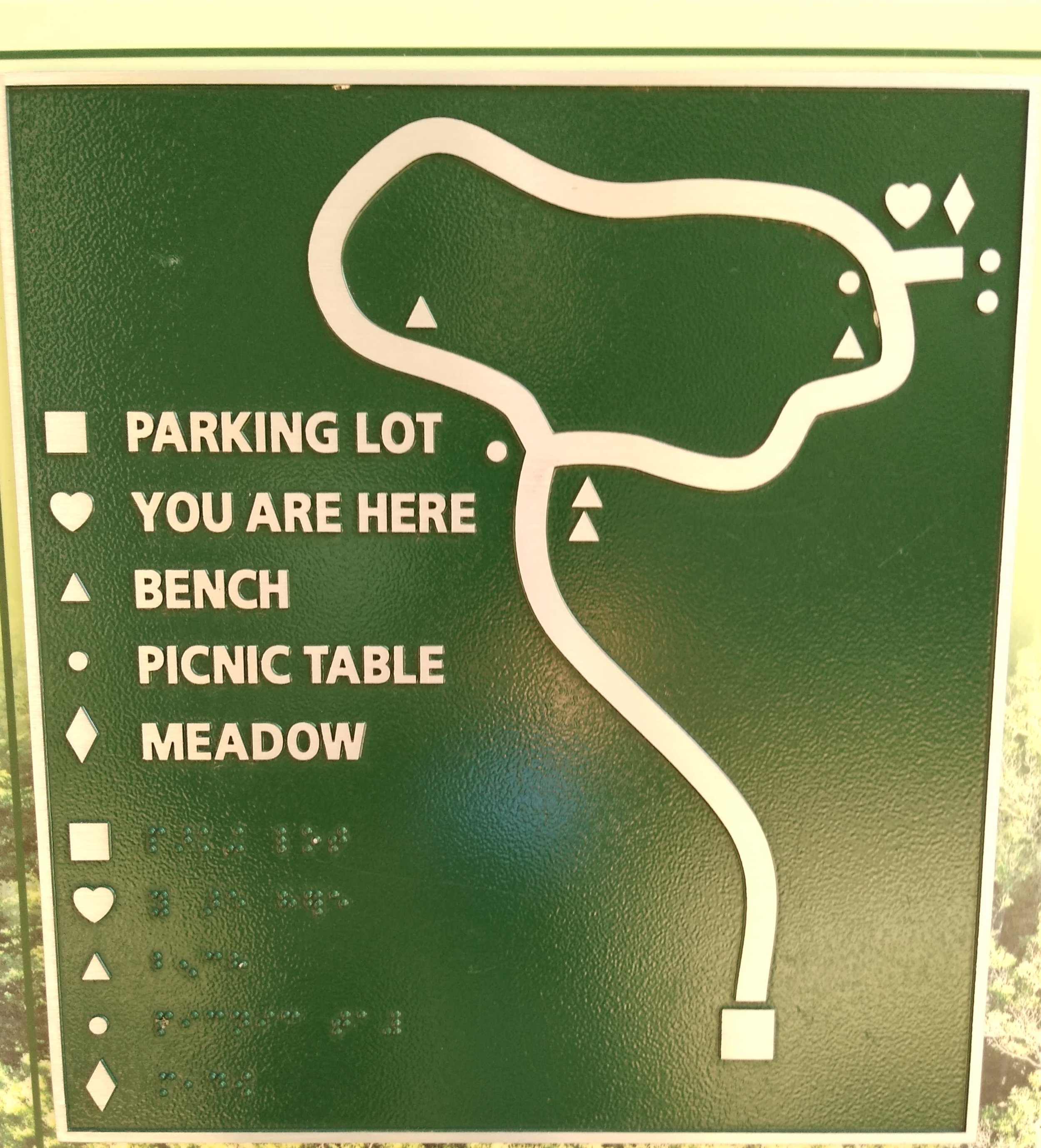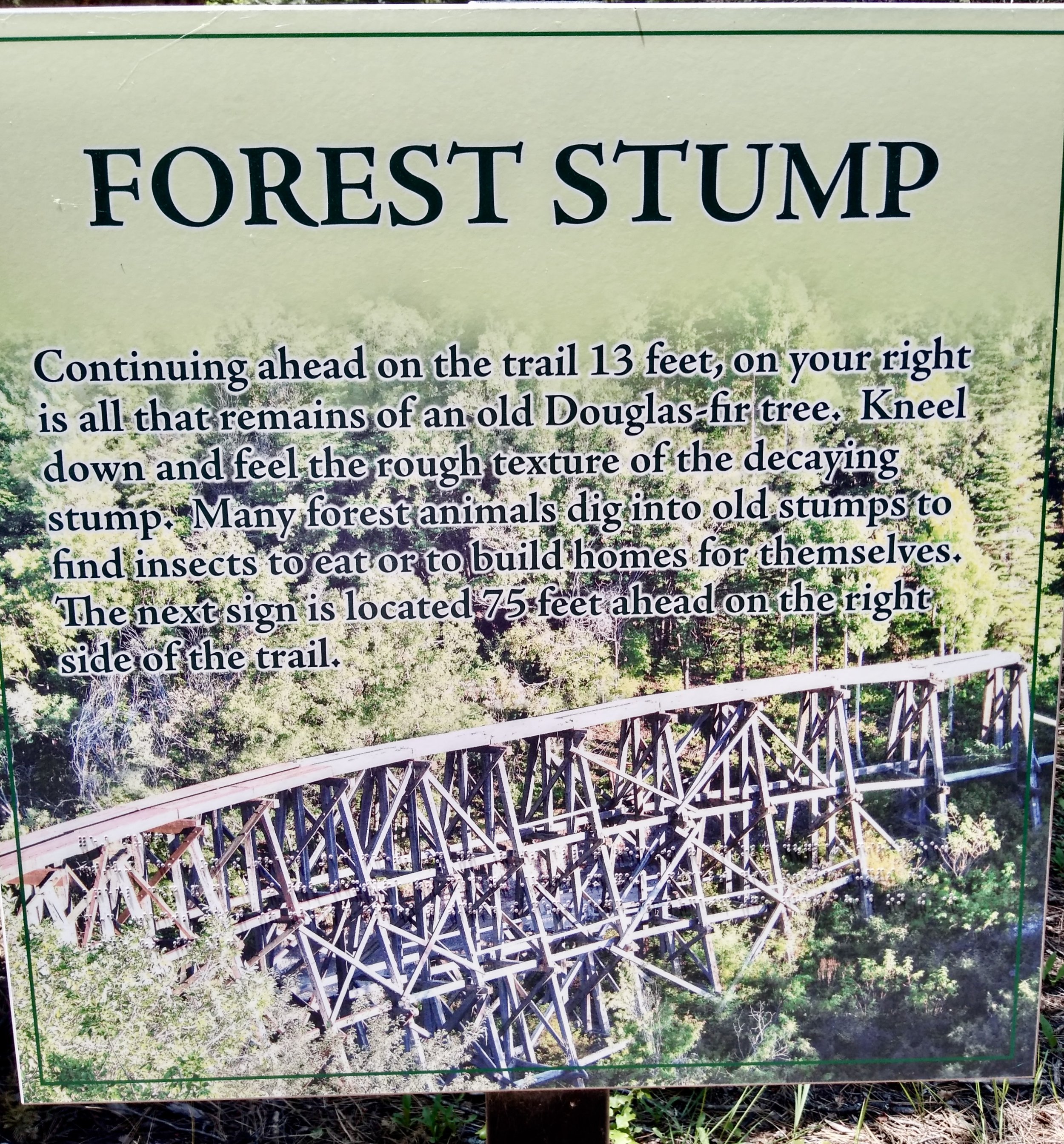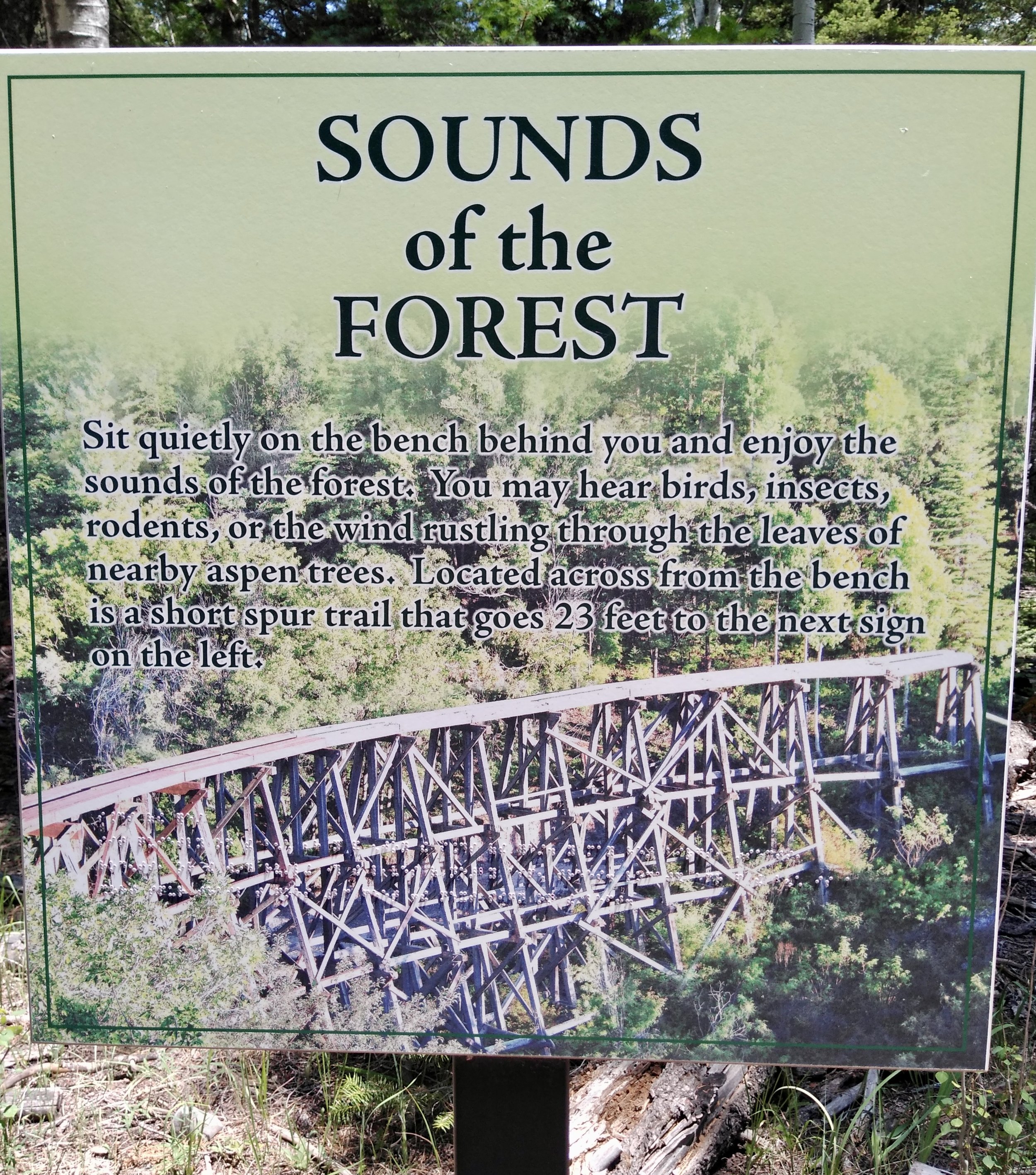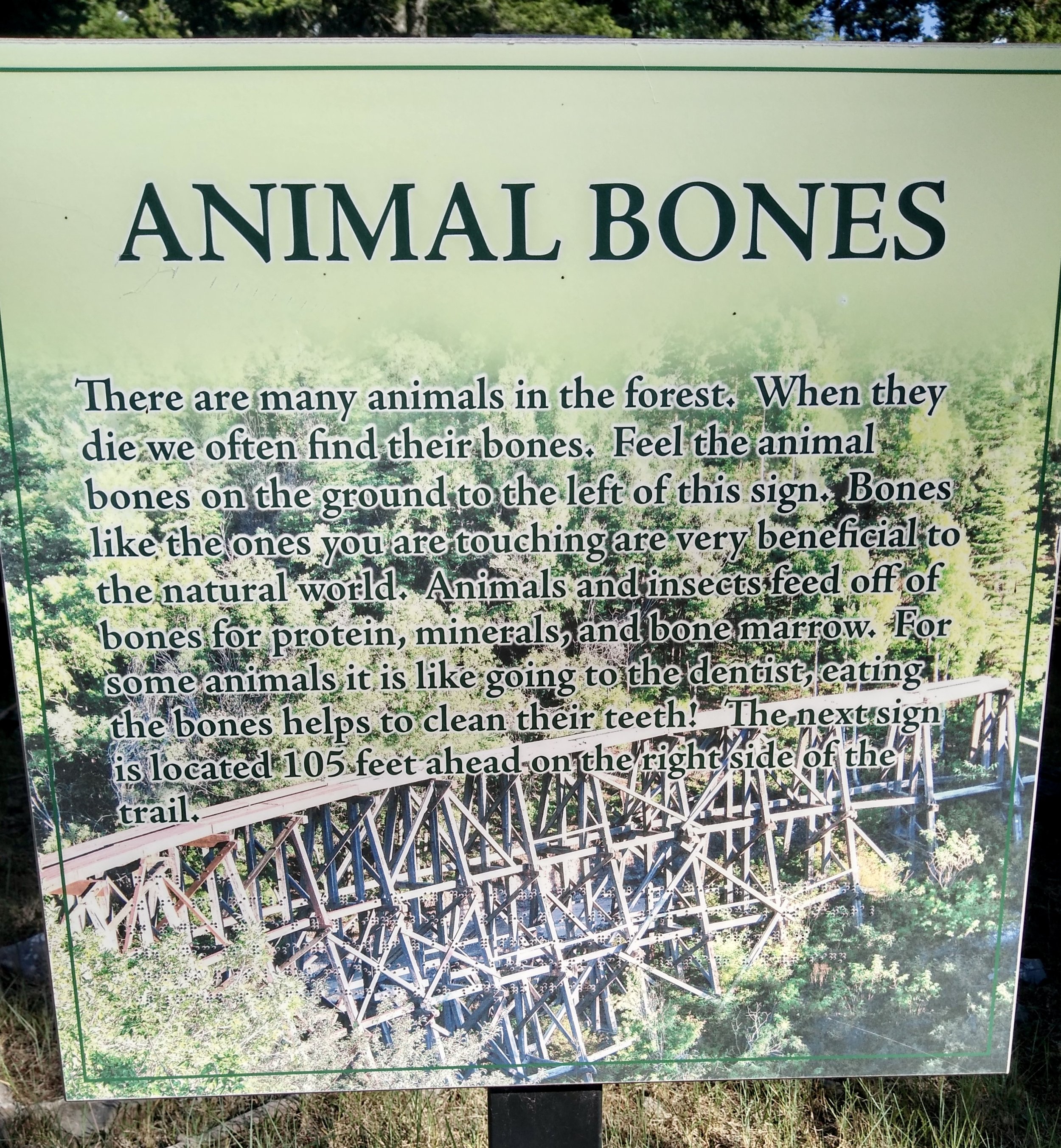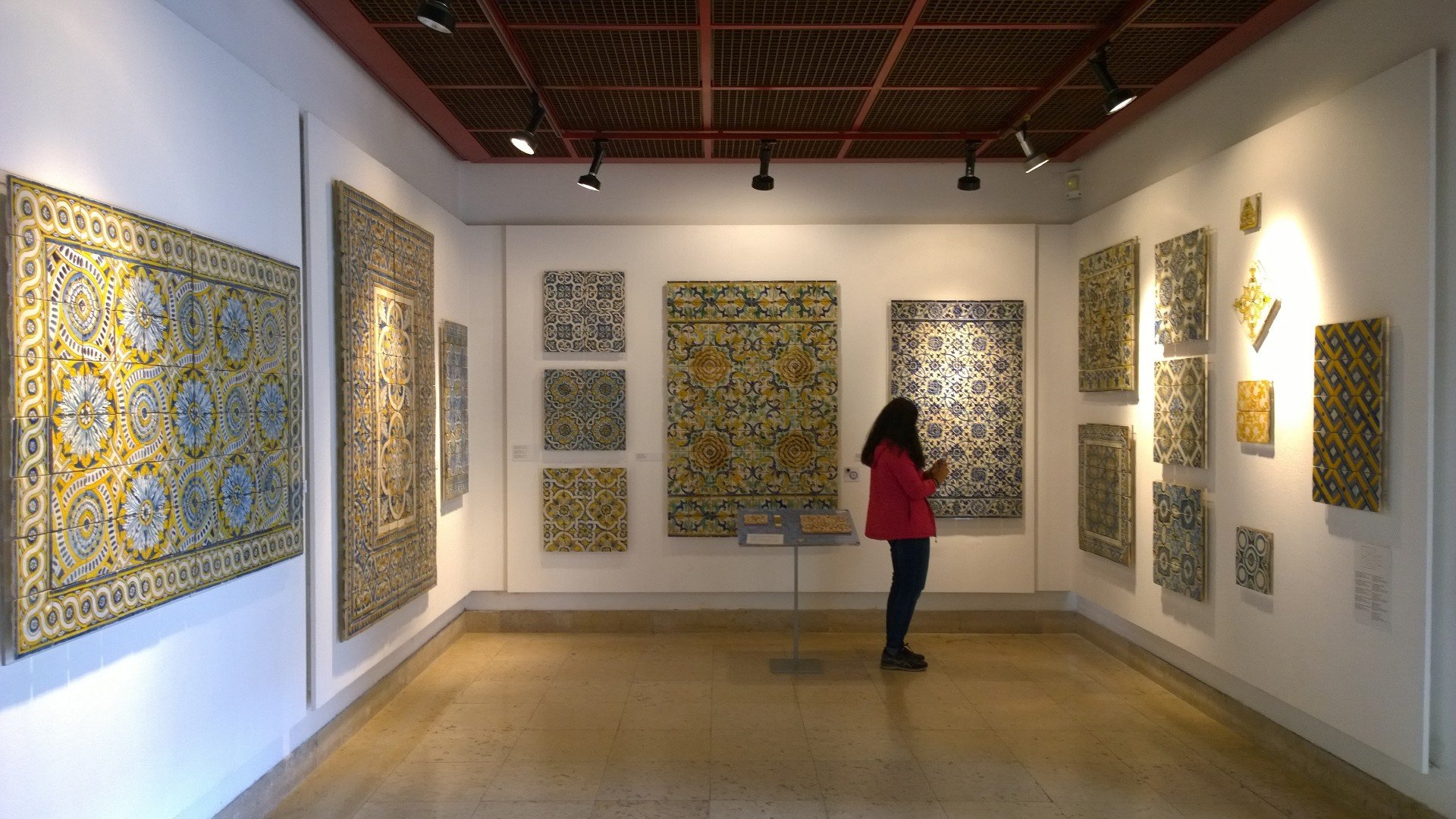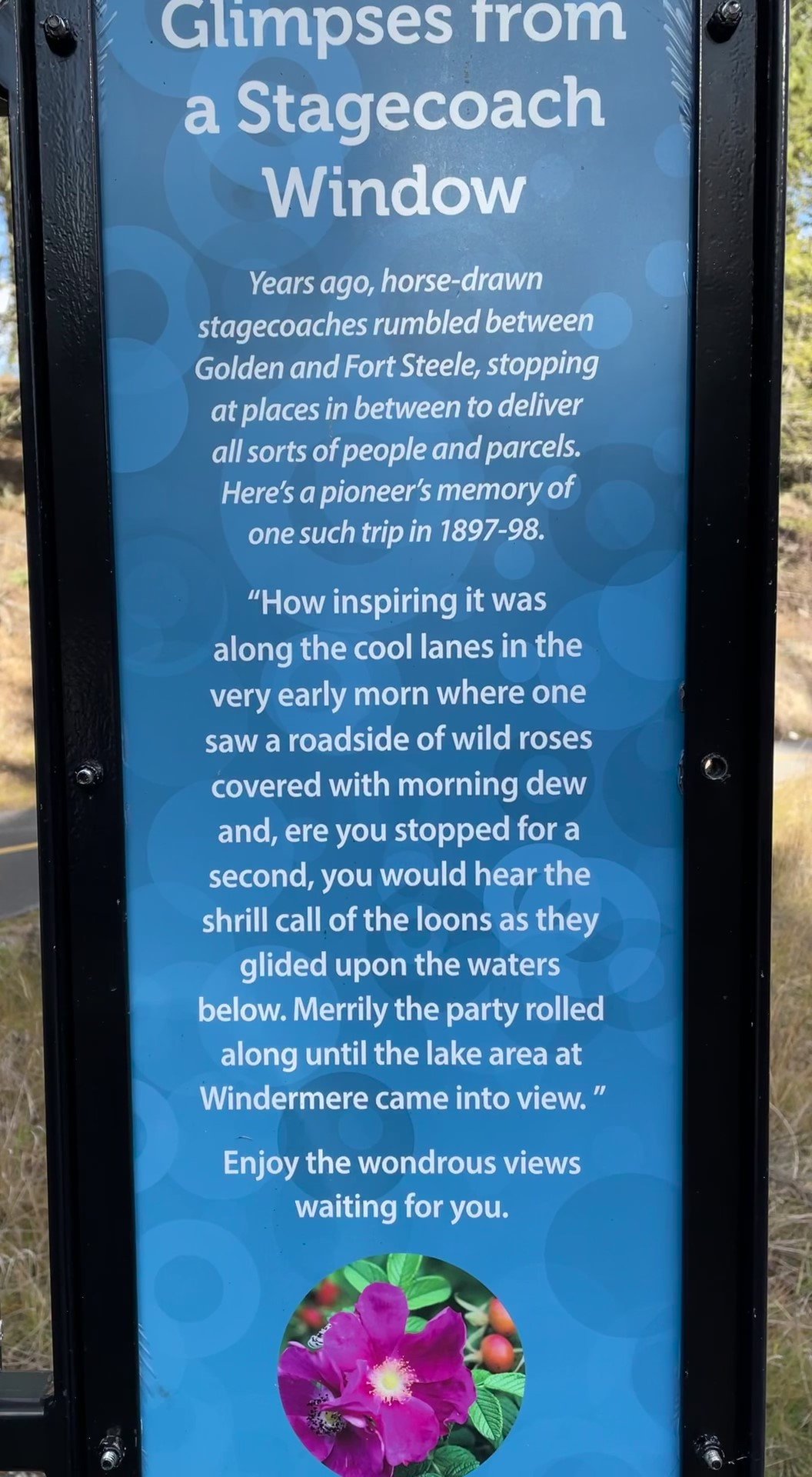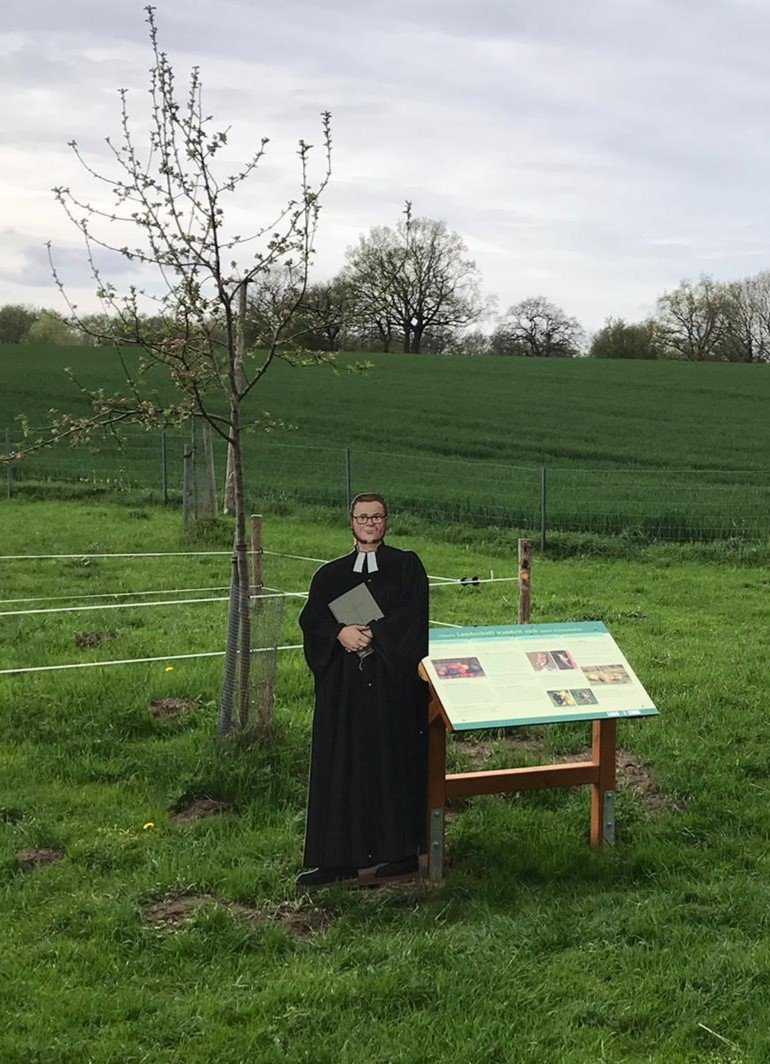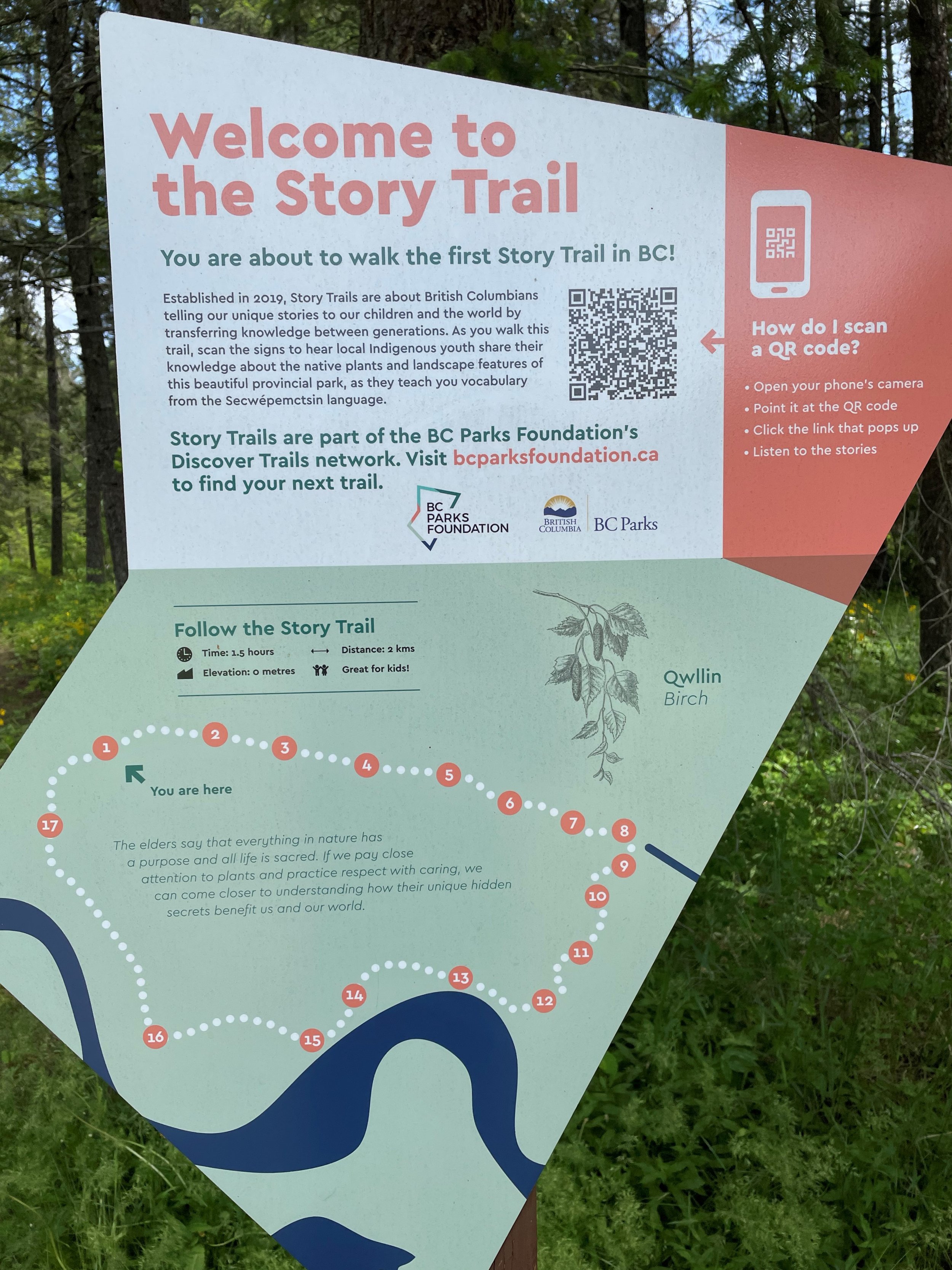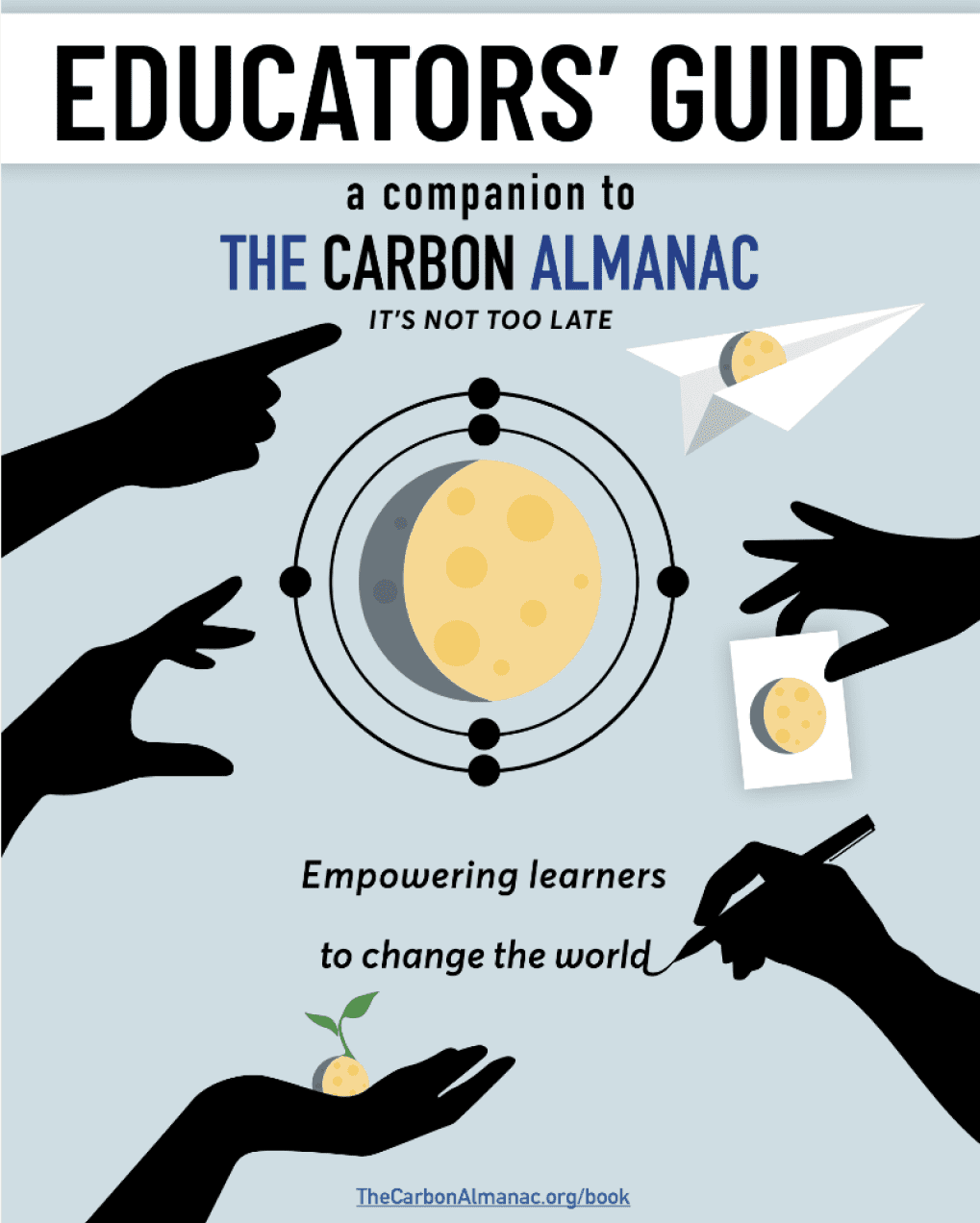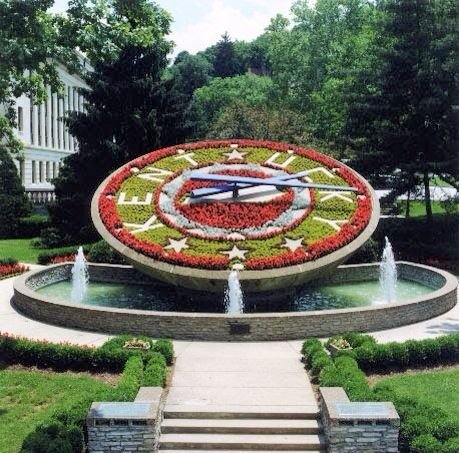Previously, I provided you with some Viennese interpretive highlights that I had experienced. This post will continue along that adventure and showcase some novel and effective interpretive design approaches I encountered primarily in Salzburg. For background listening find your favourite Mozart piece of music and a torte then continue reading. Hopefully one or more of these examples will stimulate you to try something different to refresh and improve on your visitor relatability.
I was impressed by a “Design your own Gallery” interactive exhibit that allowed you to choose which paintings of what size, in what kind of frame, in what order and position on what colour wall. Imagine the possibilities that could be concocted with this “interior designer” playtime. It did however seem like just play without too much purpose, which isn’t inherently a bad thing yet a little layered direction could turbo boost the impact.
If the objective was to provide a way to study a range of visitor preferences for how paintings could be displayed with the intent to evaluate and modify future exhibitions and they had built in a way to record these outputs then I would be really applauding the concept. It was just scratching the surface and this technique could lend itself to so many rich applications.
One’s objective could be to walk the visitor through a curator’s decision-making process behind what objects are chosen and why objects are displayed in the way they are, then open the gates for the visitor to make their own decisions. In combination with this framework, what could be really fun and impactful, would be to allow visitors opportunities for imagining completely different comparative pathways of expression.
Going beyond the traditional array so often based on style, artist, or time period for example would open up the creative display process that often seems lacking in “educational” art exhibits.
Providing the visitors the ability to choose different intents and purposes for the conceptual or emotional messages they might want to illustrate through their painting selection could be very enlightening. Or they could simply choose noses through the century or how about changing shoe designs.
The case -in-point utilized a digital screen approach however simpler analog versions could be employed to accomplish the same ends. For example, mini 3d models or boards with felt/magnetic pieces representing the type of object display decisions would allow the more tactile-oriented visitor type to participate.
On another analog tact altogether, the thought of mixing and matching exercises reminded me of the “imaginary animal” gamebook where each page representing one actual animal is split into three sections: head, body, and tail/feet. Their name is also split into three syllables on each 1/3 section. You flip the pages and create new creatures so an elephant head (el) plus the body of a crocodile (co) plus the tail end of a cockatoo (too) becomes a trunked scaly flat four legged white-tailed elcotoo. Do you know where I am going with this? What elements of your collection/artifacts/habitat types could you “cutup” in thirds and create new concoctions? I swear I was not experimenting with mushrooms - just cognitive remnants of my past exploration into lateral thinking.
Please don’t write this idea off because you are not an art gallery. This can work for natural or human history sites as well: decisions regarding diorama or exhibit case; models, drawings, photos, specimens, mannequins and their juxtaposition; etc.
The case-in-point used only paintings only on a wall. I recommend you take a peek at a previous blog post titled A Visitor’s Journey: One Innovative Approach (Feb , 2019). This Spanish museum in Bilbao presented a more rich nuance of creative expression through sculpture, ceramics, textiles, etc. and the display options included floors, ceilings, and tables in addition to walls.
Imagine if you gave the visitor these level options of display and choice of expression. This would have to be graduated in steps as it would be too complex if offered simultaneously. You could call it “Curator for a Day.”
The previous example opens a crack in the hidden door for non-museum people into the curators’ world of mystery. Making curators approachable can be employed as an element of improving relatability between visitors and what is often seen as formal institutions. How might you form the beginnings of a relationship between your visitors and your staff?
The City Museum of Salzburg created a film of interviews with their staff where they were asked what their favourite object from the collection was. “Name your Favourite …” is a classic ice-breaker conversation device in group settings and can be very effective at breaking communication barriers. In this case, these interviews were shown on gallery walls in a clockwise format with a central table of the mentioned favourite artifacts as the only link between the very disparate items (see image).
Salzburg City Museum Image: Courtesy Bill Reynolds
It worked ! It established a personal touch and a way for visitors to feel an initial relationship with staff. People talking to people and sharing something personal - with the bonus of exhibiting an element of passion for what they do and feel responsible for.
A final enticing little bit of exhibit mobility that allowed for display expansion was the use of tracks and sliding “pages” (see image). if you remember the old Kodak slide projector (pre-carousel) that used a cartridge -like mini-boxcar looking apparatus with a sliding arm that would place one slide at a time in front of the projection bulb and move progressively down the cartridge one-at-a time.
Well this set -up works something like that as the text “slides” are in the front slot with the six subject “slides” that pertain to the text are in slots behind the text. They can move back and forth based on the visitor’s choice. In this case, photos are being used to provide a representation of building and landscape architecture of a certain time period. Some may say this is just a glorified binder of plastic sheets a visitor could thumb through. I thought it was cool with changeability power and definitely more robust. Human curiosity is stimulated with the urge to find out what is hidden behind the slide curtain so to speak. It doesn’t take up wall space and I think it has lots of potential beyond the simple way it is being used. If you have any ideas on the adaptability of such a display table mechanism, jot us a line in the comments.




















